Post Archive

A TAME Attempt to Slow Aging Part 3: Metastasizing Errors: Human Trials of Metformin to Prevent and Treat Cancer
Metformin has been proposed as an “anti-aging drug,” and scientists are organizing TAME, a major clinical trial to test the idea. In Part 3 of this 5-part series, we look at human trials of metformin in prevention and treatment of cancer.
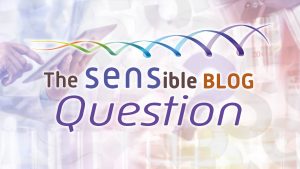
SENSible Question: Delivering MitoSENS
A supporter asks about how the central MitoSENS strategy can be delivered to our cells.

A TAME Attempt to Slow Aging Part 2: Human Studies on Survival and Risk of Diabetes
Metformin has been proposed as an “anti-aging drug,” and scientists are organizing TAME, a major clinical trial to test the idea. In Part 2 of this 5-part series, we look at some of the human studies on metformin, including a flawed observational study that created the illusion that diabetics on metformin actually live longer than people without diabetes.

SENSible Question: Wouldn’t Cellular Reprogramming Be Enough?
A supporter asks if cellular reprogramming turns an old person’s cells young again,can’t we fix aging by just reprogramming a person’s old cells with reprogramming factors?

A TAME Attempt to Slow Aging Part 1: Misunderstanding Metformin in Mice
Metformin has been proposed as an “anti-aging drug,” and scientists are organizing TAME, a major clinical trial to test the idea. In Part 1 of this 5-part series, we look at the animal studies underlying this idea.
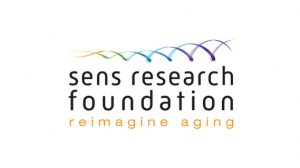
Announcement: Amicable Settlement of Donor Dispute
SENS Research Foundation and Concerned Donors, LLC, Paul Bugge, and Dr. Gary Baskin are pleased to announce that the dispute regarding the use of donor funds has been amicably settled to their satisfaction.

Will SENS Benefit Progeria Patients?
A supporter asks if SENS rejuvenation biotechnologies will benefit patients with progerias — so-called “premature aging” diseases.

The Zombie Problem Happening Inside You
Don’t miss our new super fun SRF and Life Noggin animation about zombie cells and the SENS damage repair approach!
This video describes our work on finding ways to slow down or even reverse the accumulation of senescent cells.

Does An Immune Role for Beta- Amyloid Create a Therapeutic Dilemma for SENS?
Some scientists have reported that viruses, bacteria, and other pathogens may help drive Alzheimer’s and other neurodegenerative diseases, and that the body uses beta-amyloid protein to fight them off. That seems to imply that it’s a bad idea to remove Abeta from the brain. Here we explain how the SENS “damage-repair” strategy leaps over that therapeutic dilemma — just as it does with other kinds of aging damage.

Correlation between SASP or senescent cell burden and any routinely measured inflammatory marker?
For our SENSible Question series, a supporter asks if there are any common lab tests available that could be used as a readout of a person’s burden of inflammatory signals from senescent cells. The answer is ‘no,’ unfortunately, but we review a number of hard-to-access or research-only tests that might be able to tell us something with a bit more work.

Announcing the new Chairman of the SRF Board of Directors
SRF is pleased to announce that Bill Liao has been appointed Chairman of the Board of Directors. He’s been serving as a Director and Board Secretary since the beginning of SRF. Bill Liao is a Chinese-Australian-Irish entrepreneur, investor, former diplomat, business mentor, author, passionate leader and speaker, with a distinguished record in business development and community activism.

A Message from the SRF Board of Directors
Invitation for Dr. De Grey and Richard Heart to join the Board of Directors
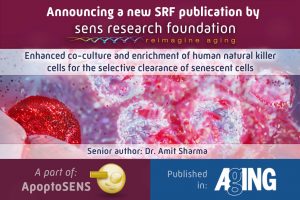
New Peer-Reviewed Paper from SENS Research Foundation Reports a Better Method to Study How Immune Cells Seek and Destroy Senescent Cells
We are proud to announce the recent publication by Sharma lab/ApoptoSENS team in the journal Aging describing an improved method for enriching primary NK cells from human peripheral blood and demonstrating the ability of those NK cells to eliminate senescent cells by recapitulating more physiological conditions and potential therapeutic interventions.
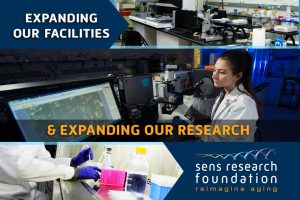
We are thrilled to announce the expansion of our Research Center
We are thrilled to announce the expansion of our Research Center to over 11,000 sq. feet with the addition of new lab and office space. This is more than doubling our current facility.
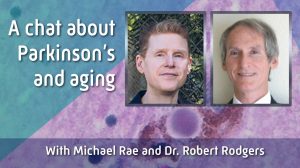
Michael Rae and Dr. Robert Rodgers discuss Parkinson’s and aging
SENS Research Foundation’s science writer Michael Rae was interviewed on the Parkinson’s Recovery radio program on “The coming rejuvenation biotechnology revolution for Parkinson’s disease.” In it, they discussed how the cellular and molecular damage of aging most closely involved in Parkinson’s can be removed, replaced, or repaired using rejuvenation biotechnologies, and research underway to make it happen. Read more and listen to the interview to learn how a “damage-repair” approach can prevent, arrest, and eventually consign Parkinson’s to history.

SENS Research Foundation & Underdog Pharmaceuticals jointly awarded $252,000 NIA research grant
The National Institute on Aging (NIA) division of the National Institutes of Health (NIH) has awarded a grant to advance research on Engineered Cyclodextrins targeting toxic oxidized cholesterol to eradicate atherosclerosis — the cause of most heart attacks and strokes.
Former SRF V.P. of Research and current Underdog Co-founder Matthew O’Connor, Ph.D. and current SRF V.P. of Research Alexandra Stolzing, Ph.D., are the Principal Investigators.


